Fruit Tree Thinning: Reasons For Small Hard Fruit & Immature Fruit Drop
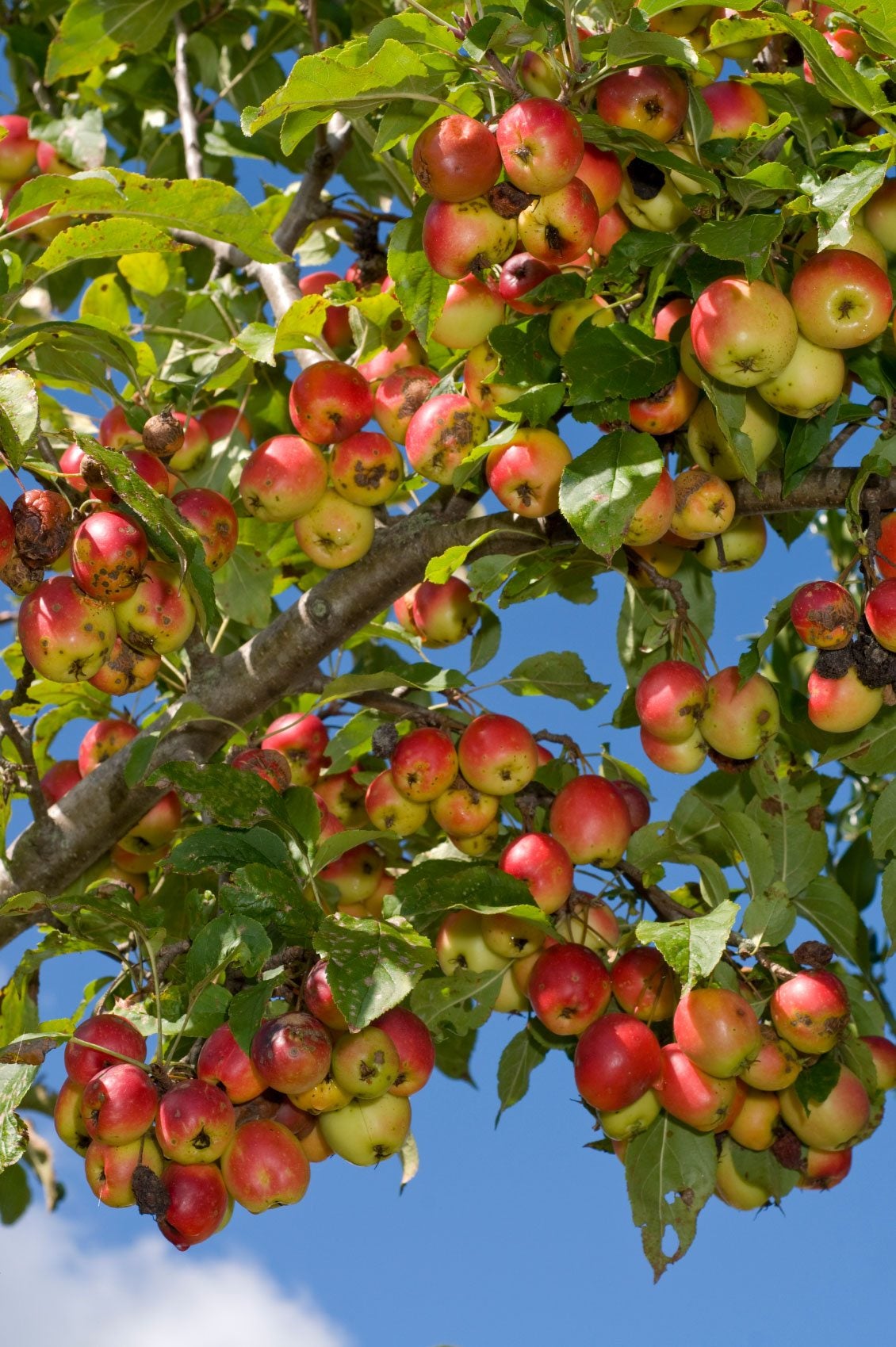

If fruit trees came with owner's manuals, home gardeners inheriting fruit trees planted by previous occupants wouldn't have so much trouble. Fruit tree problems are common in trees that have been planted with good intentions but are then left to their own devices. Many new fruit tree owners discover that there's more to fruit tree care than just not killing them when immature fruit drop starts in the late spring or summer.
Immature Fruit Drop
If fruit tree blossoms aren't thinned prior to opening, up to 90 percent of the small, hard fruit that develops right after pollination will eventually be shed from the tree. This can be a natural part of tree fruit development since few fruit trees can divert enough energy from growing to support all these new fruits. Naturally, they shed the fruits, if they can, so that other fruits in the cluster or on that branch can grow larger. However, not every fruit tree is an efficient fruit shedder and even though they may drop small hard fruit, the remaining fruit stays small because of too much competition for resources. These fruits continue to develop and may remain on the tree throughout the growing season, eventually ripening into seriously small fruits. Without a healthy, immature fruit drop, the tree doesn't have the resources to produce lovely, large fruits.
What to Do if Fruit Stays Small
If all fruit tree problems were as simple to cure as fruits that stay small, fruit tree growers would have an easy time. Often, training the tree into an open form with only a few main branches is all it takes to correct problems with a small fruit, though fruit tree thinning on a very overgrown tree is more of an art than a science. The ideal number of bearing branches will depend heavily on the type of fruit tree you have, such as with peaches. Picking blossoms from your fruit tree and providing it with proper fertilization is still recommended, even after you've pruned it into shape for fruiting. Remember that your tree can only produce fruit based on the support it gets from the outside world, so if the soil isn't fertile enough to build big fruits, you'll still need to help the tree along.
Gardening tips, videos, info and more delivered right to your inbox!
Sign up for the Gardening Know How newsletter today and receive a free copy of our e-book "How to Grow Delicious Tomatoes".

Kristi Waterworth was a regular contributor to Gardening Know How for many years, answering countless queries on plant pests and diseases.
-
 Grow ‘Karl Rosenfield’ Peony Plants For The Ultimate Frilly Border Beauties And Cut Flowers
Grow ‘Karl Rosenfield’ Peony Plants For The Ultimate Frilly Border Beauties And Cut FlowersFor frilly double magenta peony petals infused with a heady fragrance, grow ‘Karl Rosenfield’ peony plants. Here’s how to cultivate the ultimate plushy blooms
By Tonya Barnett
-
 10 Common Composting Problems That Can Spoil Your Garden Gold – Plus Easy Fixes
10 Common Composting Problems That Can Spoil Your Garden Gold – Plus Easy FixesLearn how to troubleshoot common composting issues before they ruin your stash – from bad smells and bugs to materials not breaking down as they should.
By Susan Albert
-
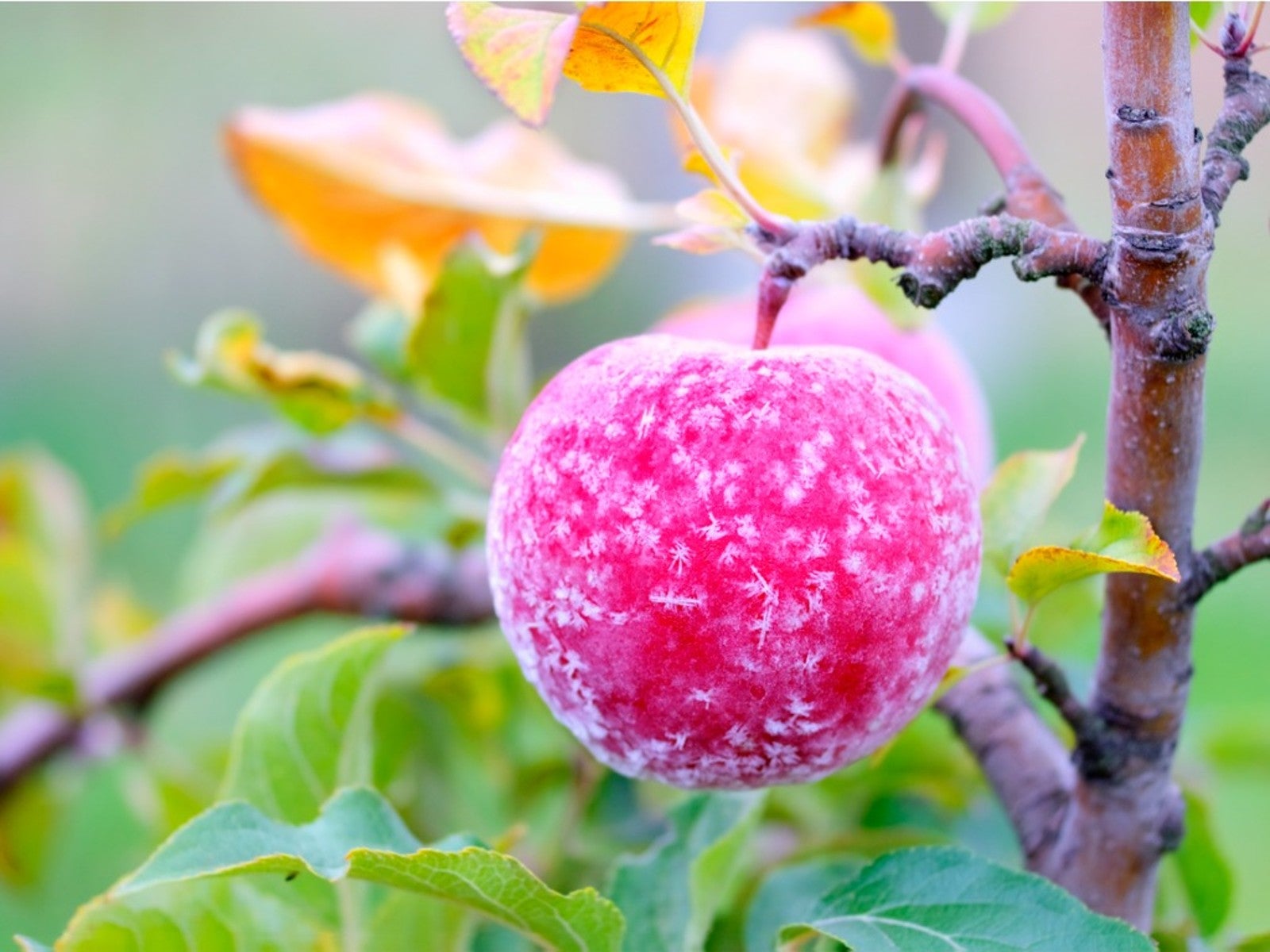 How To Protect Fruit Trees From Frost And Freeze
How To Protect Fruit Trees From Frost And FreezeChoosing fruit trees appropriate for your growing zone is best, but you still may need to protect them from extreme cold. Read how.
By Bonnie L. Grant
-
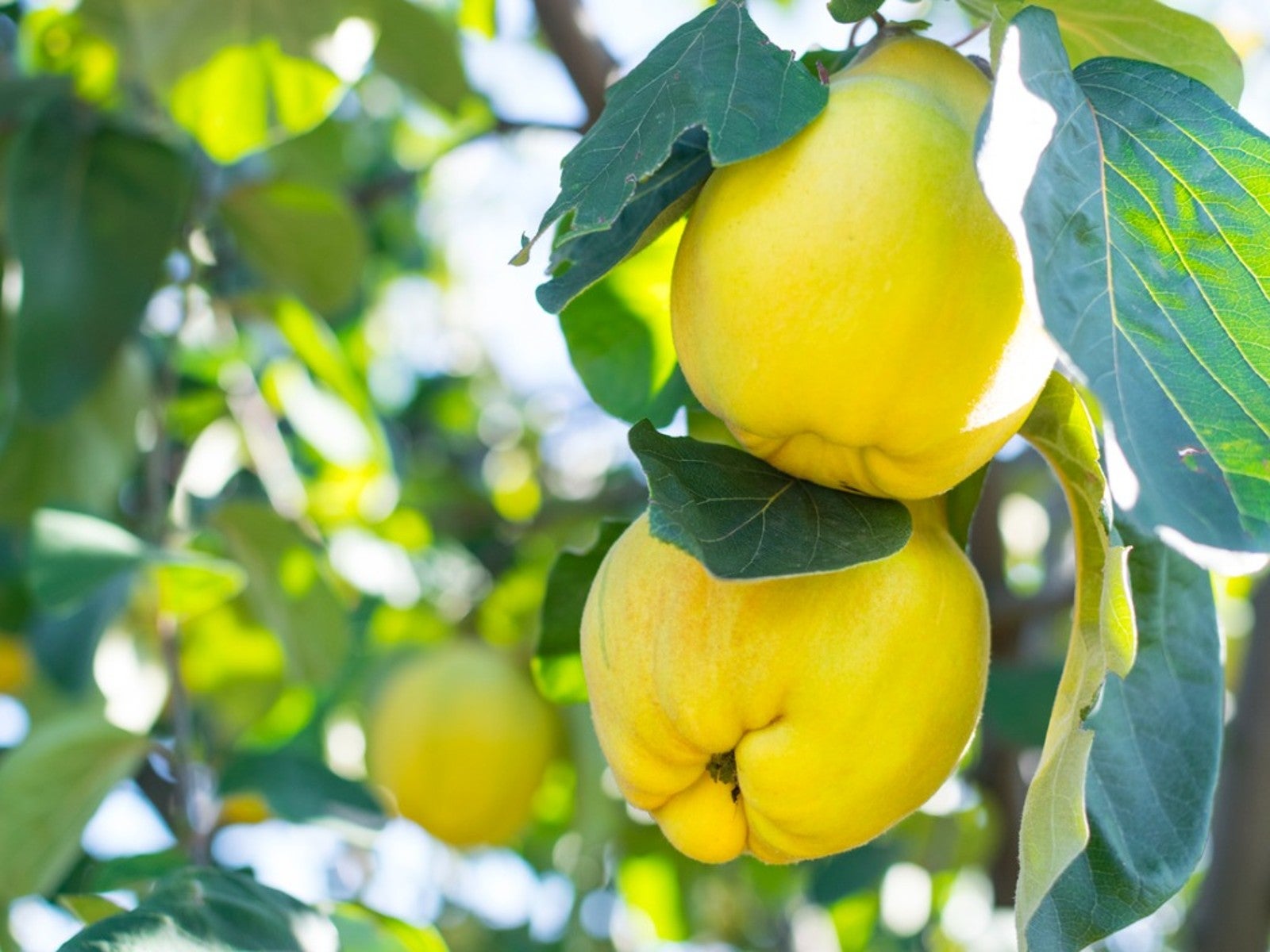 Best Plants For Late Summer and Fall Fruit Harvest
Best Plants For Late Summer and Fall Fruit HarvestEven if you don’t have the optimal conditions for more common fruit trees, there are other end of summer fruits to enjoy.
By Teo Spengler
-
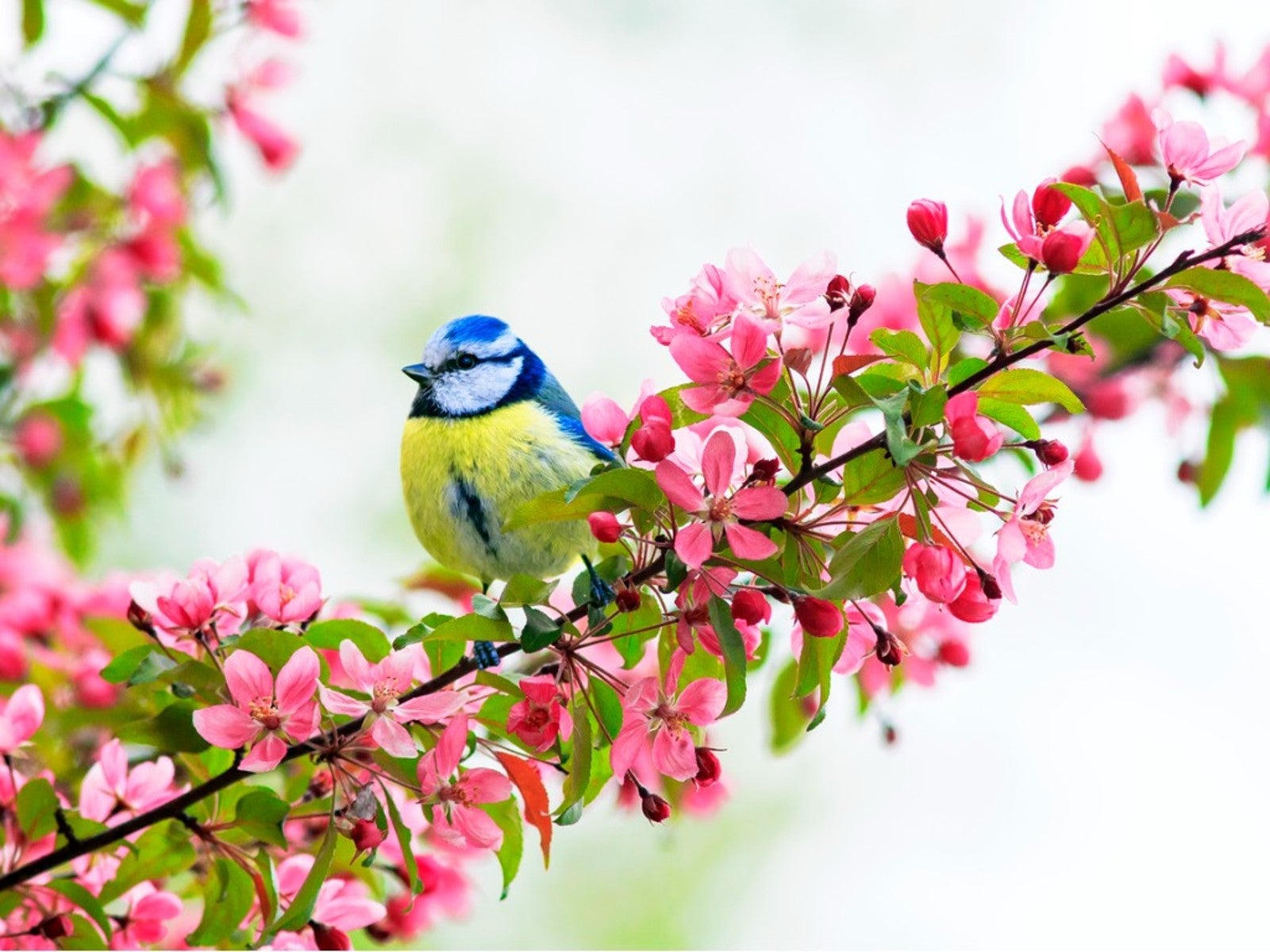 Best Native Fruit Trees To Support Wildlife
Best Native Fruit Trees To Support WildlifeIf you want trees that will attract and feed wildlife, learn the best kinds of edible fruit and nut trees to plant for inviting specific creatures.
By Teo Spengler
-
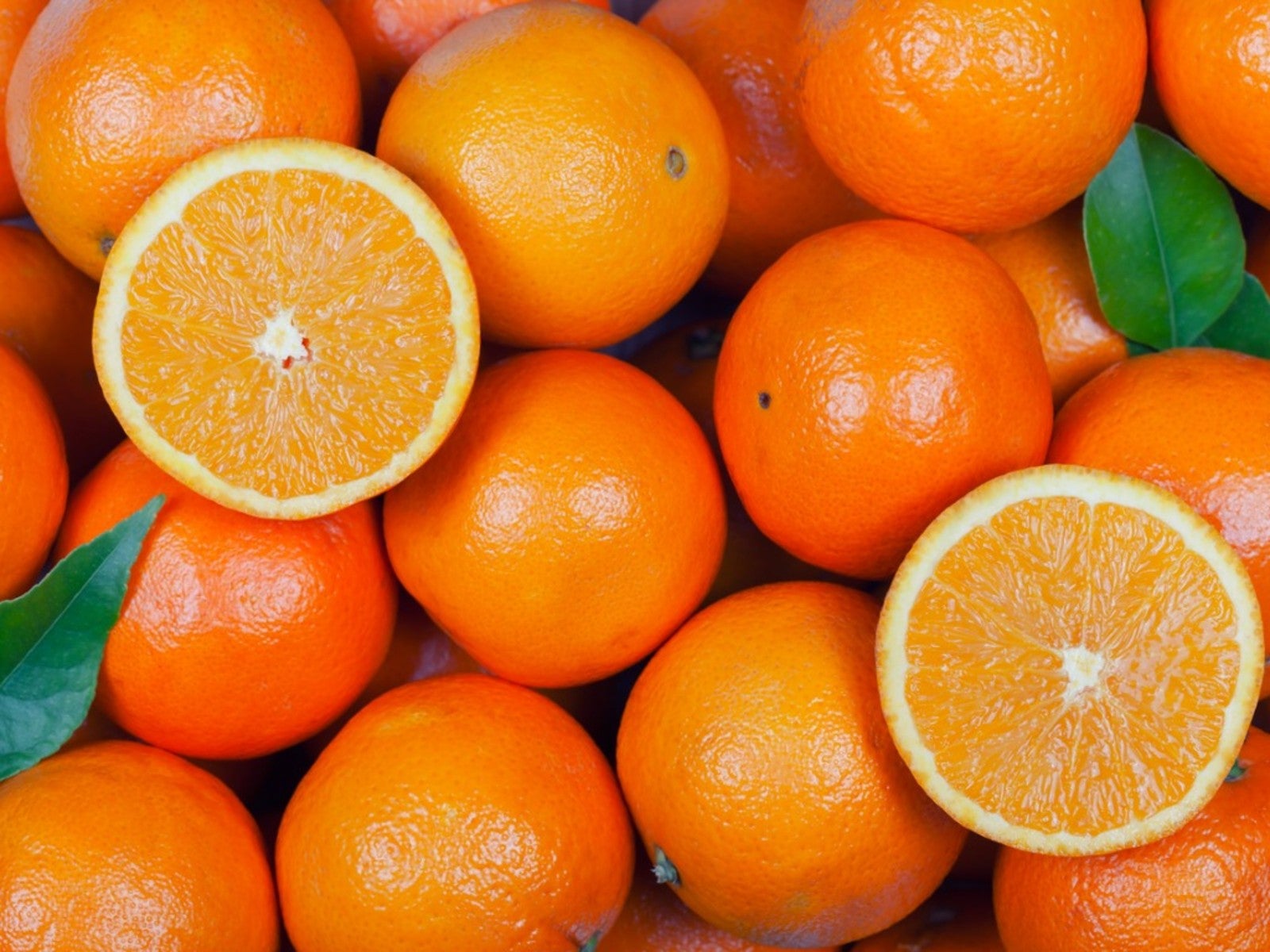 Orange Fruit Varieties: Growing Fruits That Are Orange
Orange Fruit Varieties: Growing Fruits That Are OrangeOrange colored fruit isn’t limited to the citrus orange. There are plenty of other orange colored fruit varieties, each packing a healthful punch. Read on for more.
By Amy Grant
-
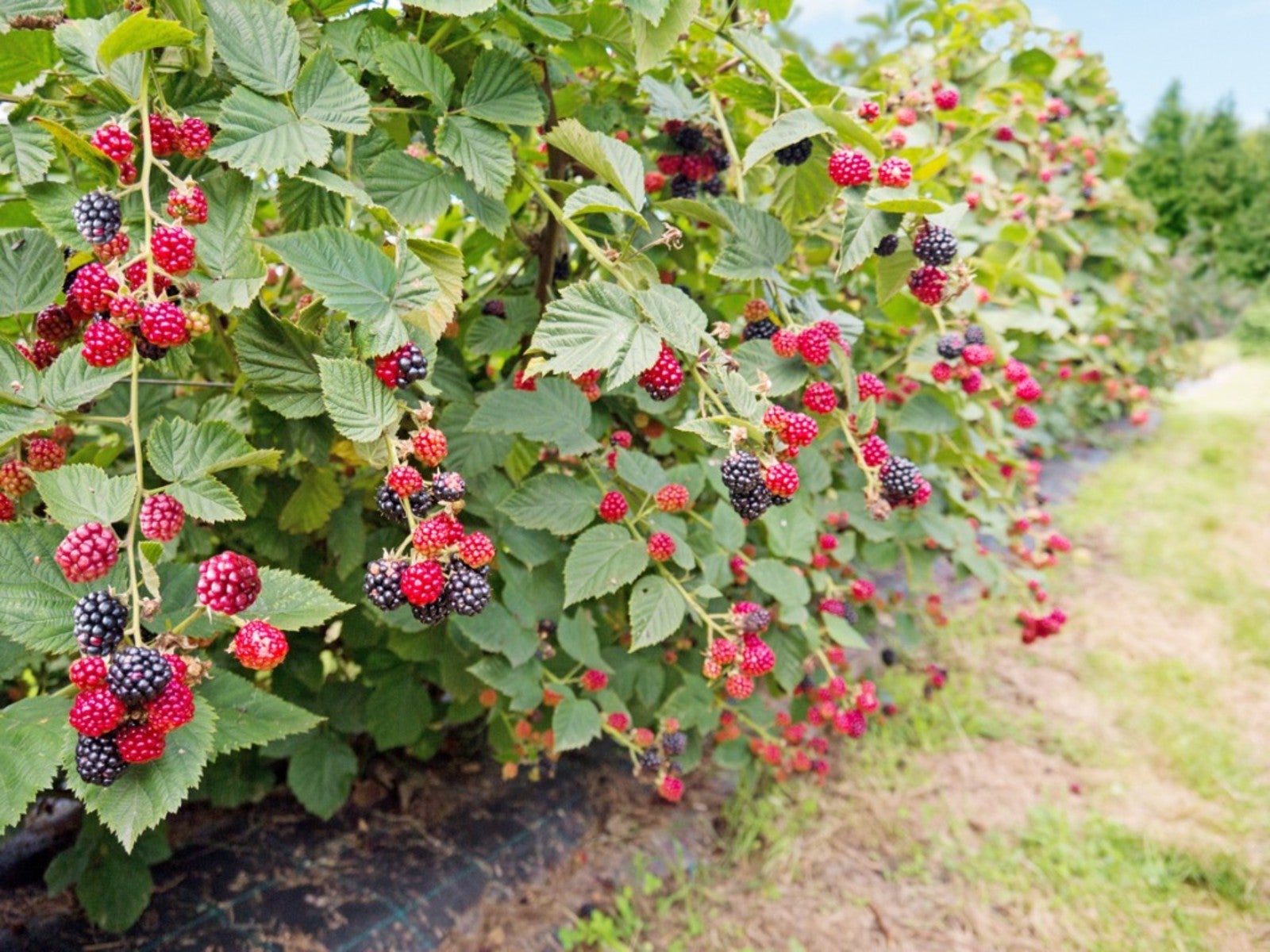 Everbearing Plants: Learn About Everbearing Varieties Of Fruit
Everbearing Plants: Learn About Everbearing Varieties Of FruitWhat does everbearing mean? And more importantly, how do everbearing varieties differ from non-everbearing types? Read on for more.
By Laura Miller
-
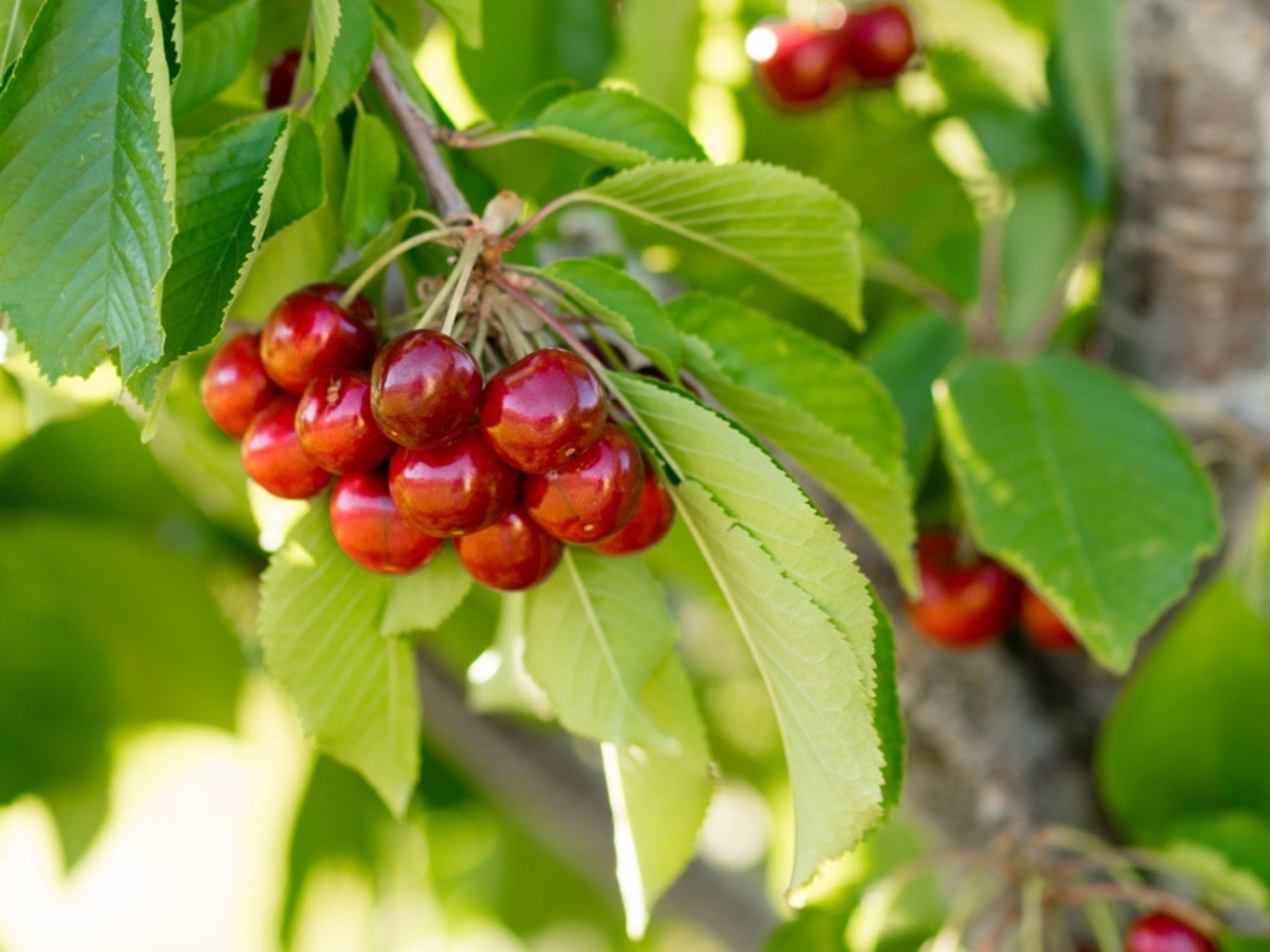 Plant A Red Fruit Garden: Growing Fruits With Red Flesh
Plant A Red Fruit Garden: Growing Fruits With Red FleshPlanting a red fruit garden may seem a bit whimsical. That is, until you realize the health benefits of consuming fruits with red flesh.
By Laura Miller
-
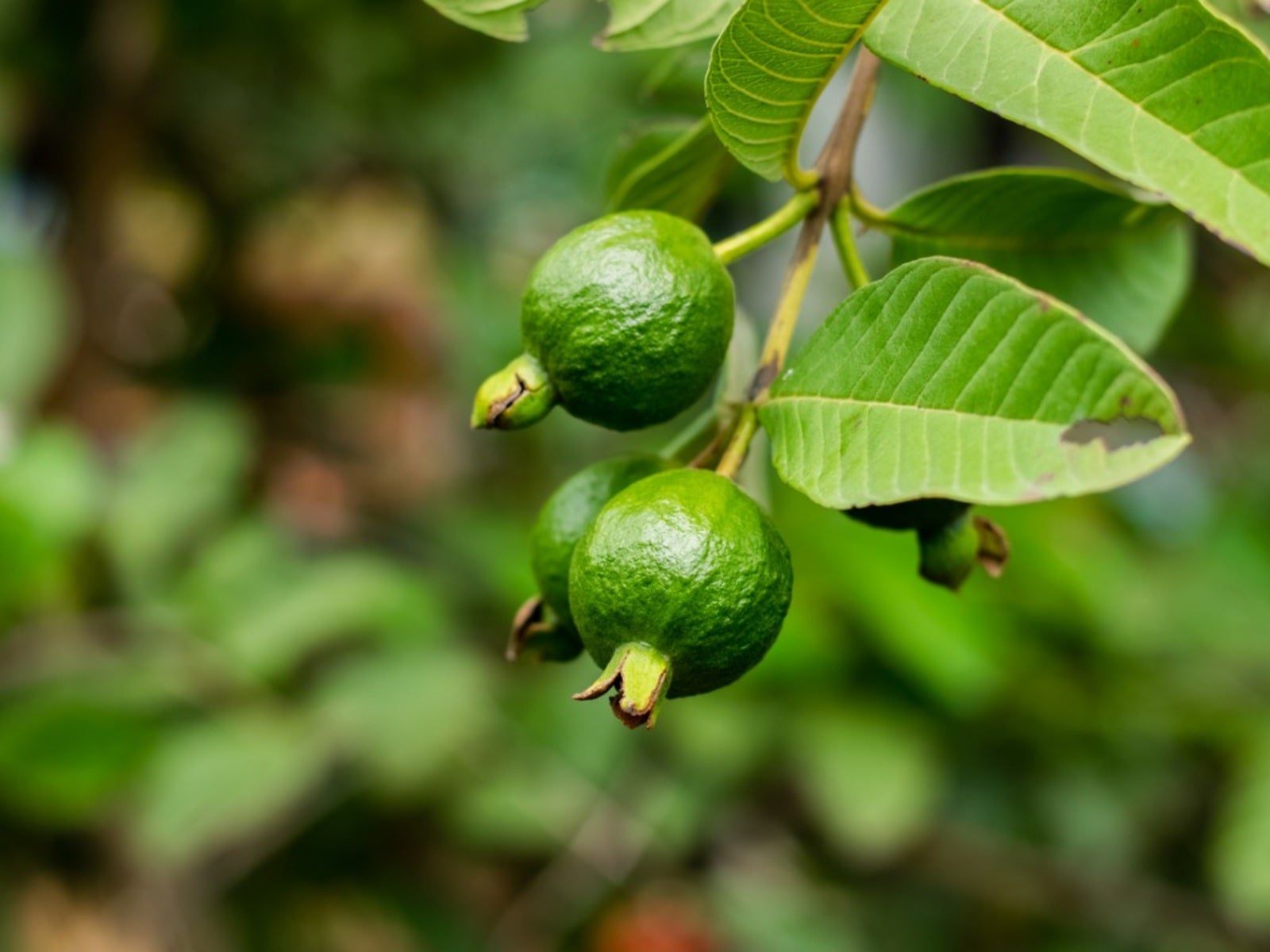 Heat Tolerant Fruits - Growing Fruit In Hot Weather
Heat Tolerant Fruits - Growing Fruit In Hot WeatherSome fruit grows in extreme heat naturally. But there are also specially cultivated, heat-tolerant varieties. For more information on heat tolerant fruits, read on.
By Teo Spengler
-
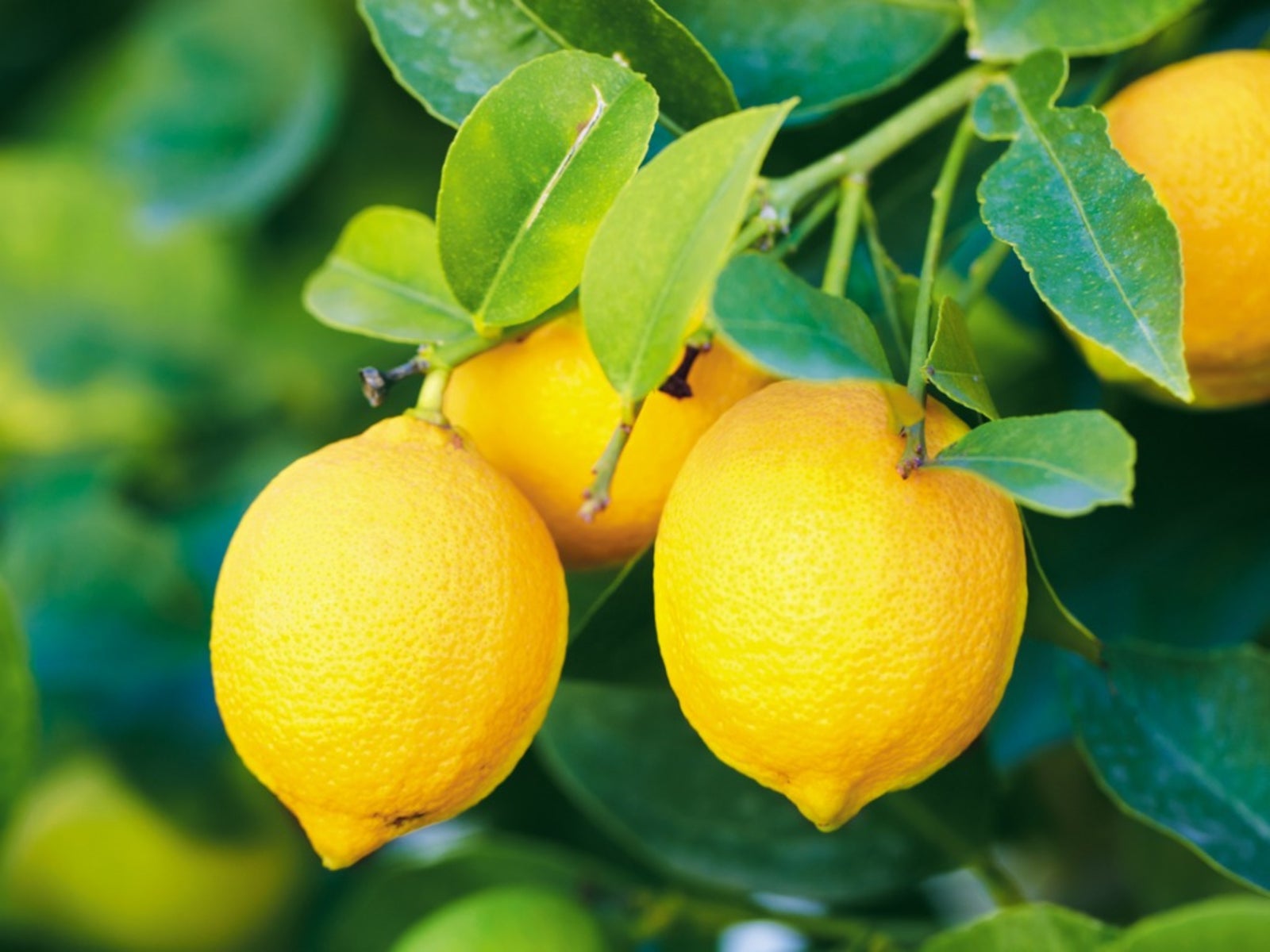 Yellow Fruit Varieties - Growing Fruit That Is Yellow
Yellow Fruit Varieties - Growing Fruit That Is YellowWhat fruit is yellow? There's more than the bananas at the supermarket. Try growing yellow fruit for a consistent supply of sunny food.
By Bonnie L. Grant